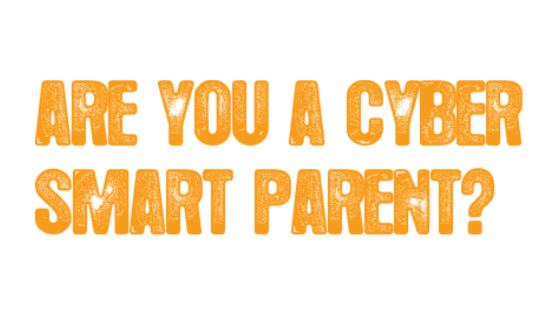A recent study done by a UK Internet service provider revealed that more than 5.2 million adults are clueless when it comes to interpreting what kids are saying online.
Over 4,500 adults took part in the research, and the majority were not able to translate the real meaning of slang that children use on the internet and cellphones.
A different study conducted by South African Kids Online interviewed 552 parents to find out how they used the internet themselves and how they mediated their children’s internet use. The study found that although children are generally active, engaged internet users, they tend not to receive much support from their parents, teachers and friends around their internet use, and generally were free to use the internet without supervision. This suggests that children are in need of more support from their parents, teachers and friends, around how to use the internet safely, which includes monitoring internet and cellphone chats and language.
We are not advocating that you try to read all messages and online chats (or that you start using these acronyms and symbols yourself!), but being aware of common codes can help you identify any potential problems and keep children safe online.
Here are some hints to help you crack the code:
Emojis

Cheeky Monkey with paws over its mouth = “I won’t tell anyone'”
Emoji face with cross eyes = sometimes used to indicate that children have seen something X-rated online
10 Texting codes every parent and teacher should be aware of
- WTPA– Where the party at?
- PAL– Parents are listening
- P999– Parent alert
- KOTL– Kiss on the lips
- NIFOC– Nude in front of the Computer
- 420– Marijuana
- 182– I hate you
- SMH– Shaking my head
- SOS– Someone over shoulder
- PIR– Parent in room

And these aren’t even though most serious ones. Although KMS was interpreted by 65% of parents as “Keep my secret”, the acronym actually means “Kill myself”.
The cryptic number “99” indicates that “Parents have stopped watching”; GNOC = “Get naked on camera”; and only 4% of the adults surveyed could identify decipher MIA, which is used by some young people online when they are talking about Bulimia, an eating disorder.
But rather than just be known as a code-cracker, parents should speak to young people about how they use social media and chat online. Children’s use of the internet is developing at a rapid pace, and online safety starts with a conversation.
What can you do?

Talk to your children and students about their life online – what sites do they visit? How do they spend their time? Who do they chat to? Which apps do they use?
Make them aware of types of issues to look out for, such as cyberbullying and online privacy
Most importantly, let them know that you are there to support and protect them, not just be SOS (remember what that one means?)

